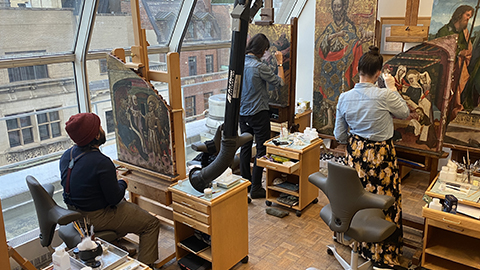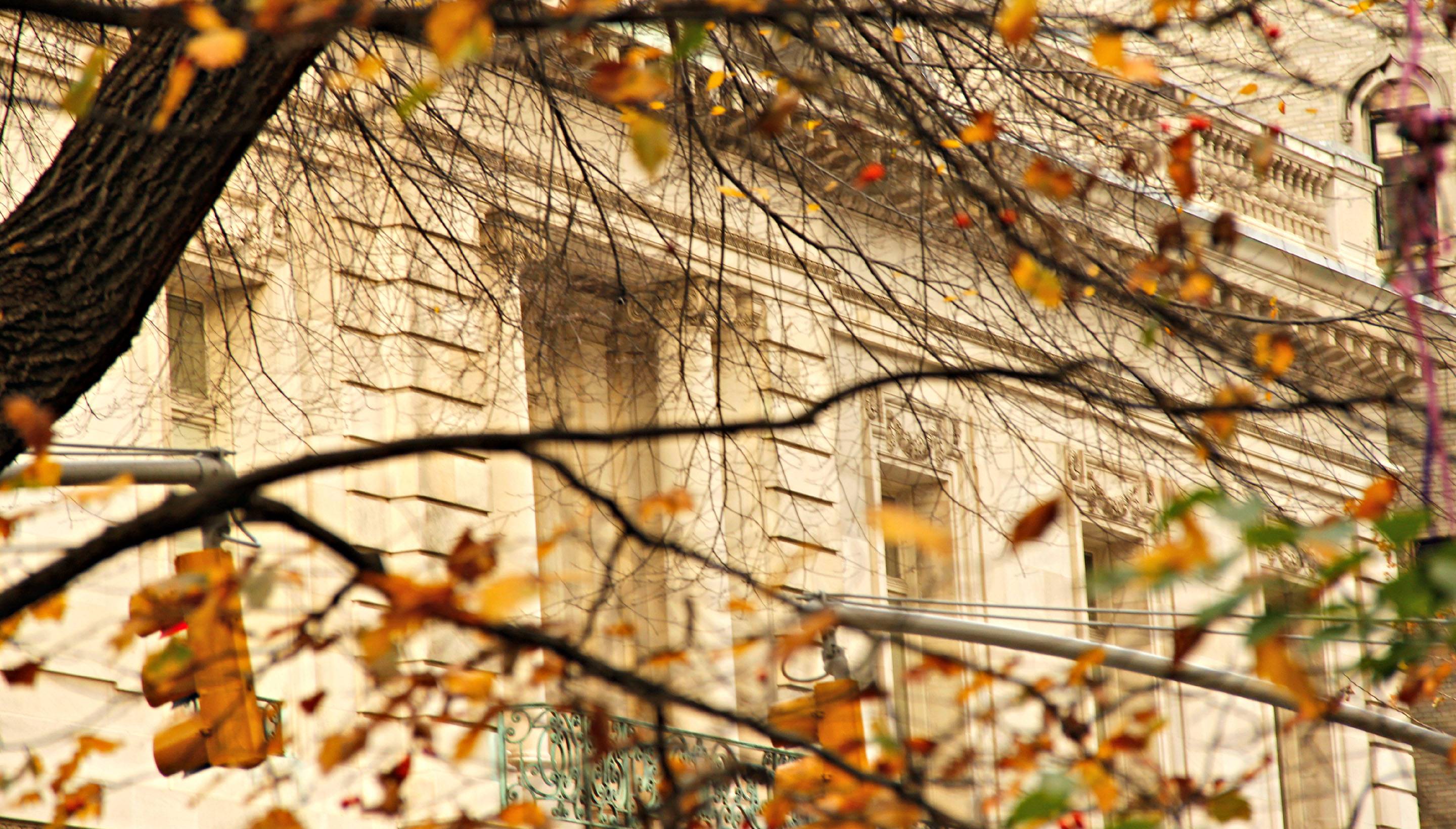Conservation Program
The Conservation Center of the Institute of Fine Arts, New York University
The Conservation Center of the Institute of Fine Arts, New York University is dedicated to the study of the technology and conservation of works of art and historic artifacts. It prepares students for careers in conservation through a four-year, dual-degree program that is unique in the nation—students earn both a Master of Science in the Conservation of Historic and Artistic Works and a Master of Arts in the History of Art and Archaeology. The curriculum combines practical experience in conservation with historical, archaeological, curatorial, and scientific studies of the materials and construction of works of art. Students undertake research projects, laboratory work, seminars, and gain intensive conservation experience through advanced fieldwork and the capstone Internship.
Students receive a generous funding package, consisting of a tuition-free education, comprehensive health care coverage, and living stipends to offset expenses while a full-time graduate student. In addition, students are provided starter toolkits; membership in AIC; fully-funded conservation experiences at Villa La Pietra in Florence, Italy, and archaeological excavations in Turkey, Greece, Sicily, and Egypt; as well as a variety of practical skill-building workshops. The program enjoys ready access to the Institute's art historical resources, as well as the extraordinary collections of New York City, including The Metropolitan Museum of Art, MoMA, the Whitney Museum, the Guggenheim Museum, the American Museum of Natural History, the Brooklyn Museum of Art, the Morgan Library & Museum, and nearby galleries, private collections, auction houses, historic properties, and private conservation studios. Their location in one of the art capitals of the world makes it easy to draw upon the many conservators and conservation scientists in the area. On average, we have thirty visiting conservation professionals per year, creating a dynamic atmosphere in which to learn our three programmatic fundamentals—art history, conservation theory and practice, and conservation science.







